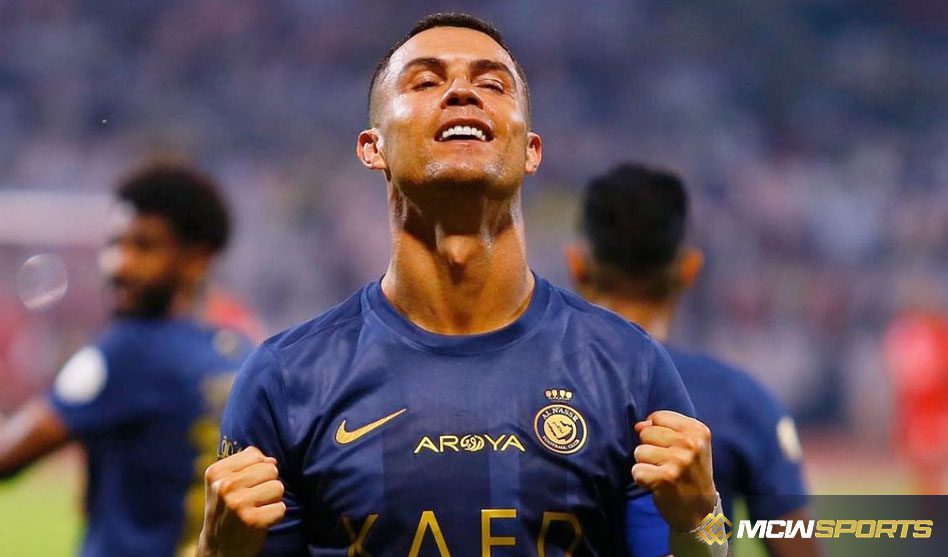This content has been archived. It may no longer be relevant
Players in high-pressing sides and low-pressing sides can be contrasted, as can ball-playing defenders and those who take a more direct approach. Center-back partnerships can even be distinguished by their cat- or dog-like behaviors.
This time, we want to know what the league’s active and passive center backs can teach us from the data.
By adjusting defensive statistics, we may determine a player’s propensity for a particular action by recording how many times they make the action for every 1,000 touches an opponent makes. However, there have been some excellent in-depth discussions on this subject within the football analytics community, so it is clear that this is not a perfect measurement. The total performance of a particular player can be impacted by team dynamics, game situation, and opponent strength.
Cristian Romero of Tottenham Hotspur led the Premier League in this category last season with 11.5 active defensive actions for every 1,000 opponent touches. This is understandable given that the Argentine international, who joined from Atalanta in Italy last summer, has established a reputation as an assertive, strong defender.
Romero’s position as the right-side center-back in Antonio Conte’s back three system is likely to have an impact on his numbers. From there, he has the responsibility to step out horizontally to defend wide areas and vertically to defend midfield areas, filling in for Spurs’ advanced wing-backs as needed.
Cesar Azpilicueta and Trevoh Chalobah at Chelsea, Joel Veltman at Brighton, and the Wolves combo of Willy Boly and Romain Saiss all scored strongly in this statistic for the previous season, which is likely due to their roles in back-three systems.
It only serves as an indication of player and team style and is neither better nor worse defense.
On the other hand, Leeds placed four players in the top 10 for the most front-foot, active defensive actions last season, demonstrating how much their defenders were biting at the heels of their opponents. Before Marcelo Bielsa was fired at the end of February, this was mostly accomplished under his man-marking defensive strategy, in which his players’ duties included shadowing their immediate opponent.
Kalidou Koulibaly is a front-foot defender for his new team Chelsea, although it is still too early to evaluate any statistics from this season. Among players with 300 or more minutes played, the longtime Napoli great presently tops the chart as the central defender with the most active defensive actions per 1,000 opponent touches.
Naturally, Koulibaly has already received a warning during his brief tenure in the Premier League. His departure against Leeds after receiving two cautions illustrated his tendency to be overeager while getting close to his man.
The use of the word “passive” in this context could imply that the center back is ambivalent or indifferent to his defensive duties.
One of these factors could be the particulars of their job description; for example, a player placed in the middle of a back three might not be expected to play defense.
The “defensive force fields” of the league can be used to explain another factor for such low-volume acts.
Dier, a defender who is frequently charged with leading the back three for Spurs rather than stepping forward to make a tackle or intercept the ball, serves as the list’s lone representative. Lewis Dunk of Brighton and Conor Coady, the former captain of Wolves, weren’t much busier. Both players were crucial in directing their team’s defense as part of a back three.
Van Dijk, who oozes class as one of the league’s most dominant center backs, is understandably near the bottom of the list as a defender who is unlikely to fly into challenges.
In contrast to Joel Matip, who was his most frequent defensive partner for Liverpool last season, he is a player who is more likely to hold his position defensively. Joel Matip would be more likely to get tight to his man to try to win the ball high up the field when his opponent had their back to goal.
Van Dijk’s propensity to withdraw during opponent counterattacks, employing strong body alignment to shepherd a player in a certain direction, is a strength of his game. He never engages in defensive action, instead buying his teammates time to regain their positions.
One can avoid taking defensive action entirely by using effective positioning. With effective teamwork, you can position your teammates to neutralize any potential threats. A center defender might assess their performance based on how little they were required to accomplish during a game with a strong team structure.
















